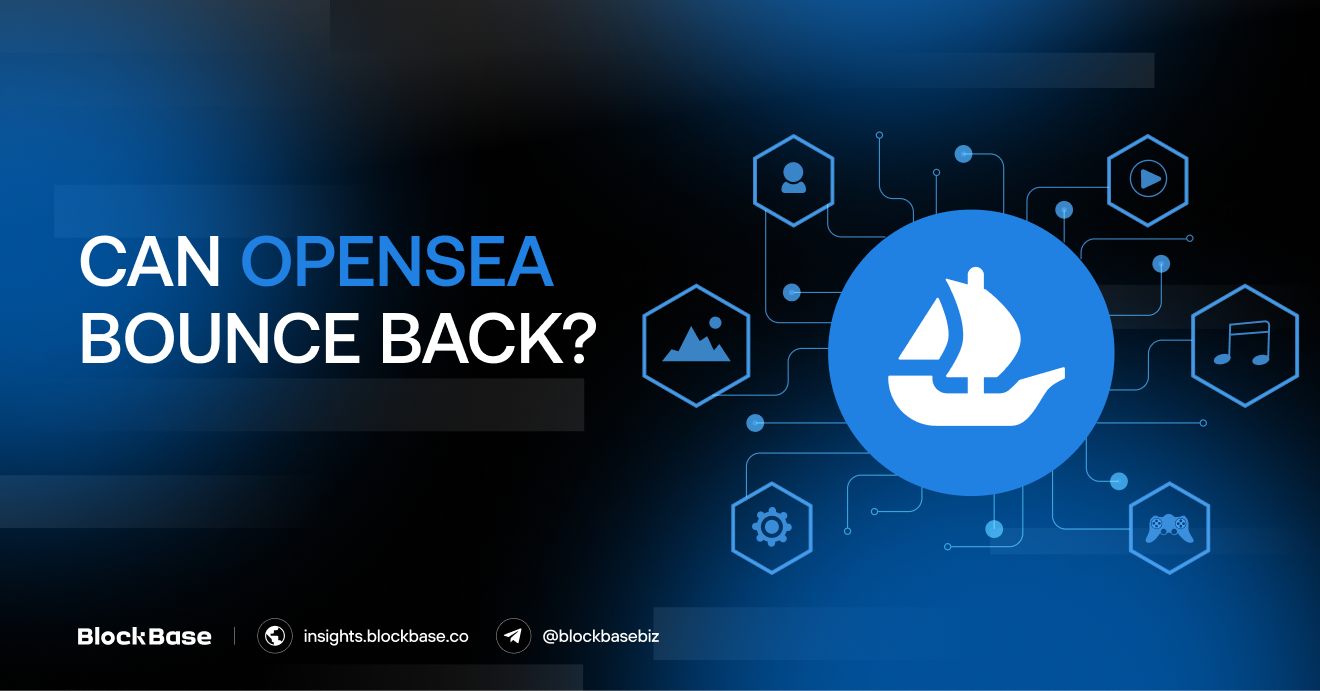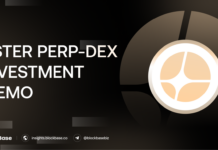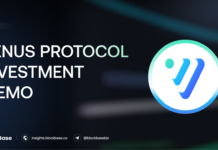The NFT market is undergoing a tumultuous period, with trading volumes experiencing a sharp decline, reaching their lowest levels since 2021. In this challenging environment, OpenSea, which was once the dominant player in the NFT exchange landscape, is making significant strides to reinvent itself by developing a completely new platform.

1. OpenSea’s New Direction
Devin Finzer, the CEO of OpenSea, recently shared insights about this ambitious transformation on the social media platform X. He revealed that the new platform has been built from the ground up, with a primary focus on enhancing user experience. Finzer emphasized the importance of innovation, stating, “To innovate, sometimes you have to take a step back and reimagine everything.” This perspective underscores the necessity of a fresh approach in response to current market challenges.
OpenSea confirmed this initiative on its official X account, announcing that the revamped platform is set to launch in December 2024. Users can already sign up for a waitlist to gain early access to the new features. This proactive step aims to engage the community and ensure that users are involved in the transition process.
2. The Rise and Fall of OpenSea
OpenSea was once hailed as the king of the NFT marketplace, particularly during the explosive growth of 2021. At that time, high-profile collections like Bored Apes Yacht Club were sold for staggering amounts, often reaching hundreds of thousands or even millions of dollars per NFT. The platform enjoyed unparalleled popularity as it facilitated numerous high-value transactions and became synonymous with NFT trading.
However, by late 2022, OpenSea’s position was challenged by Blur, a rising competitor that capitalized on aspects where OpenSea was perceived to be lacking. Blur attracted users by offering advanced trading tools tailored for professional investors. These tools allowed for more complex transactions and better analytics, catering to a growing segment of serious NFT traders.
In addition to sophisticated trading features, Blur introduced token rewards that incentivized users to trade on its platform. This strategic move not only attracted new users but also encouraged existing traders to shift their activities away from OpenSea. As a result, OpenSea saw a significant decline in its trading volume.
Despite recent efforts to regain some market share, OpenSea’s overall trading volume remains at its lowest point in over three years. The competitive landscape has shifted dramatically, and OpenSea is now vying for attention in an increasingly crowded marketplace.

3. Current Market Conditions
The challenges facing OpenSea are reflective of broader trends within the NFT market. According to data from The Block, monthly trading volumes for NFTs on Ethereum peaked at $868 million in January 2024 but fell drastically to $300 million by June and further down to just $136 million by October. This decline has raised concerns about the sustainability of NFT trading as interest wanes and market dynamics shift.
The downturn in NFT trading activity coincides with a broader decline in the cryptocurrency market, which has negatively impacted investor sentiment and overall trading activity across various platforms. The combination of these factors has created an environment where even established players like OpenSea must adapt quickly to survive.
OpenSea’s transformation comes almost a year after it underwent significant layoffs, cutting its workforce by half. At that time, Finzer hinted at plans for an “OpenSea 2.0,” aimed at improving platform functionality and user engagement. The recent announcement about the new platform represents a culmination of these restructuring efforts and reflects a commitment to innovation amidst adversity.

4. Competitive Landscape
As OpenSea seeks to regain its footing, it faces not only competition from Blur but also pressure from other emerging NFT marketplaces such as LooksRare and X2Y2. Each of these platforms offers unique features designed to attract users and create engaging trading environments.
The question remains whether OpenSea can navigate these challenges effectively and reclaim its former status as a market leader. Analysts are closely watching how OpenSea’s new platform will differentiate itself from competitors and what innovative features it will bring to enhance user experience.
5. Future Prospects
The impending launch of OpenSea’s revamped platform is seen as a critical move to rejuvenate interest in NFTs amid declining market activity. The company aims not only to recover lost ground but also to set new standards for user engagement and functionality within the NFT space.
While many details about the new features remain under wraps, there are hints at potential user rewards for early adopters and loyal customers holding specific NFTs from previous collections. This strategy could foster community loyalty and encourage active participation on the platform.
In conclusion, OpenSea’s upcoming transformation represents both a response to current market pressures and an ambitious attempt to redefine its role within the NFT ecosystem. Whether these efforts will be sufficient to restore its leadership position remains uncertain as the marketplace continues to evolve amidst fierce competition and changing market dynamics. As we approach December 2024, all eyes will be on OpenSea as it unveils its new platform and attempts to chart a course for recovery in an increasingly complex landscape.
The information provided in this article is for reference only and should not be taken as investment advice. All investment decisions should be based on thorough research and personal evaluation.





